You’ve probably noticed that your feline companion has their own unique way of communicating with you. Some cats seem to have an endless stream of commentary about everything happening in their world, while others prefer to express themselves through gentle nudges, meaningful stares, or the occasional soft purr. Understanding where your cat falls on this vocal spectrum can help you better respond to their needs and strengthen your bond.
The fascinating world of cat communication extends far beyond simple meows. Your cat might be using an entire vocabulary that you never realized existed. So let’s get started and explore the remarkable range of feline personalities and discover what your cat’s communication style reveals about their unique character.
The Science Behind Feline Vocalizations
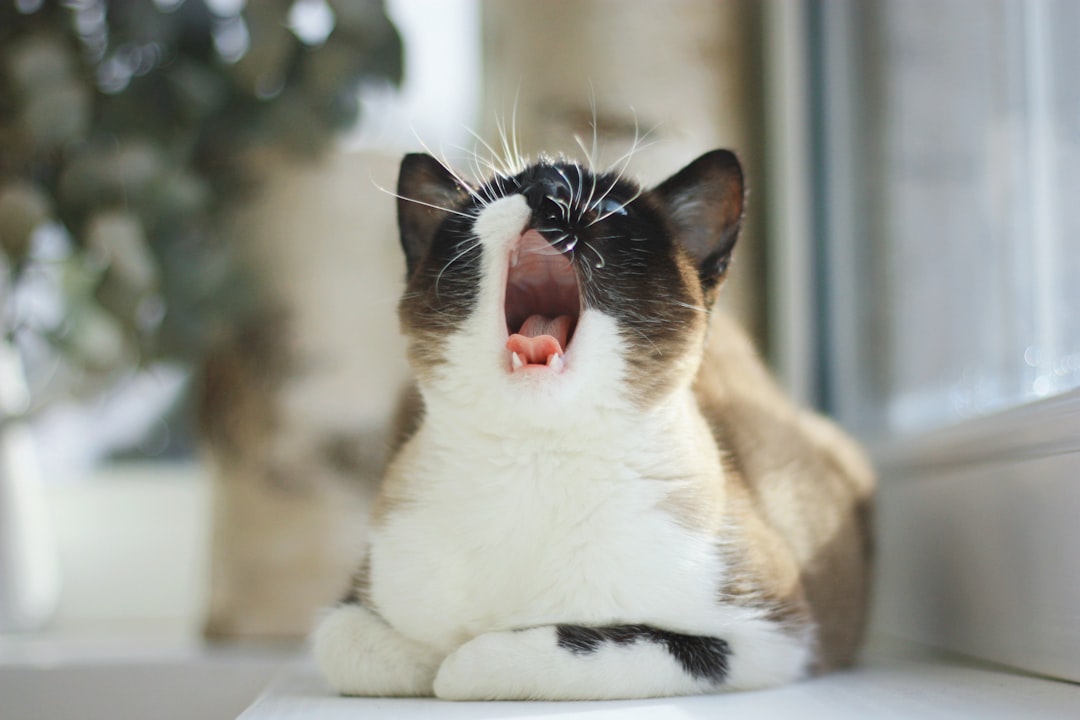
Scientists have identified three main categories of cat sounds: those produced with the mouth closed (like purring and trilling), sounds made when the mouth opens and closes (meowing and yowling), and sounds produced with the mouth held tensely open (growling, hissing, and chattering). This classification system helps us understand just how sophisticated your cat’s communication repertoire truly is.
Research reveals something quite remarkable about domestic cats compared to their wild counterparts. Adult cats rarely meow to each other, making meowing primarily a behavior cats developed to communicate with humans, and studies show domestic cats meow much more than feral cats. Your chatty companion has essentially evolved a special language just for you.
Scientists have documented numerous different vocalizations in domestic cats, though the actual vocal repertoire might be much more complex than previously believed. Think about your own cat for a moment – you probably recognize several distinct sounds they make, each with its own meaning and context.
The Chatterbox Champions: Vocal Breed Personalities
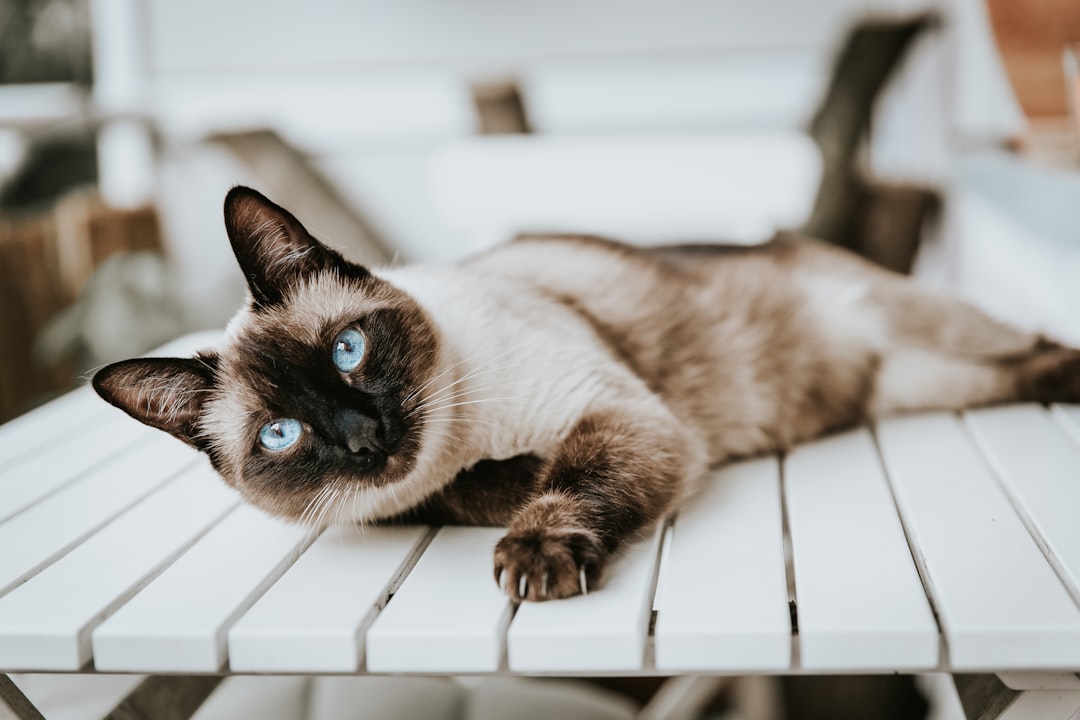
If your cat never seems to run out of things to say, they might belong to one of the naturally chatty breeds. The Siamese takes the top spot as the most vocal cat breed, unparalleled in their ability to communicate through loud meows, yowls, chirps, and trills. These felines have turned conversation into an art form.
Siamese cats can talk all day long and have a distinctive vocalization that sounds like a human baby cry. Their vocal intensity isn’t just for show – it stems from their deeply social nature and strong desire to bond with their human companions.
Oriental cats act just like Siamese with their chatty nature, being very loud when they vocalize, with purrs that can sound like a truck rumbling by. The connection makes sense when you consider that these breeds share very similar genetic backgrounds and temperaments.
The Strong Silent Types: Naturally Quiet Companions
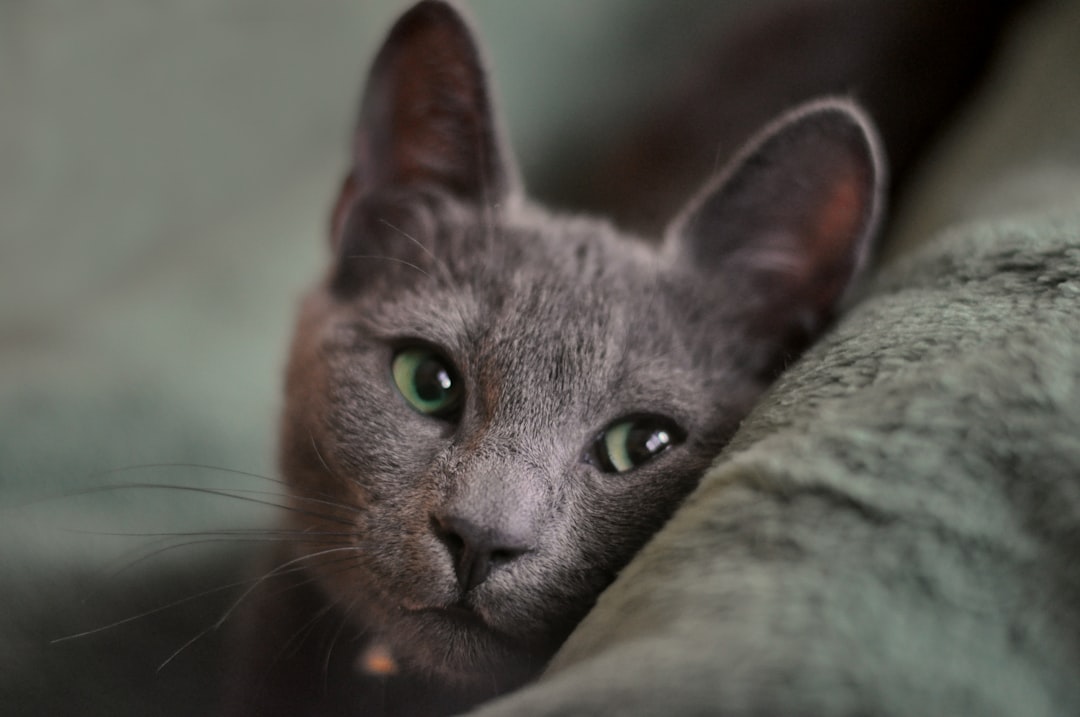
On the opposite end of the spectrum, some cats prefer to let their actions speak louder than words. The Scottish Fold epitomizes a silent observer, always present but never intrusive, content with a soft purr or gentle nudge instead of meowing. Their folded ears seem to match their reserved communication style perfectly.
Russian Blues are top contenders for quiet cat breeds, known for whisper-soft purrs that are barely audible and preferring to communicate through gentle nudges and affectionate gazes rather than vocalizing their every whim. These cats have mastered the art of meaningful silence.
Persian cats are quiet and sedate, usually communicating with their expressive eyes rather than vocalizations, preferring peaceful environments where a silent companion is desired. Maine Coons, despite their large size, are surprisingly quiet, content to simply observe and offer silent companionship most of the time.
Decoding Your Cat’s Unique Vocal Signatures
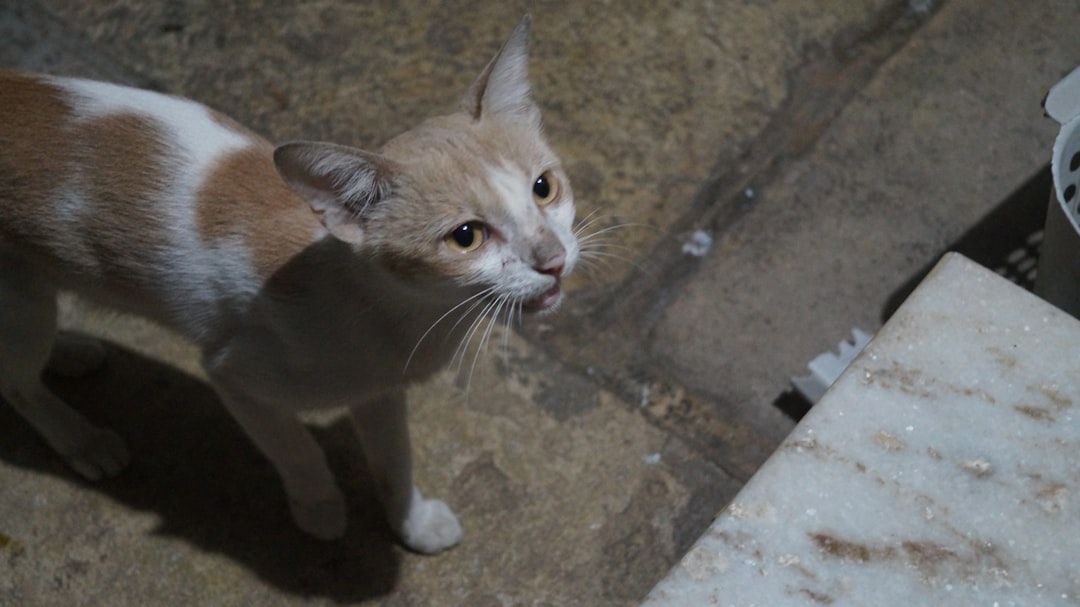
Your cat’s meows aren’t random sounds – they’re carefully crafted messages tailored specifically for you. Research suggests cats use different types of meows to communicate various emotions and needs. Learning to distinguish between these can dramatically improve your ability to respond appropriately to your cat’s needs.
The meaning of your cat’s meows often depends heavily on context – a morning meow might be a breakfast request, while the same sound in the evening could mean they want to play. Pay attention to the timing, location, and your cat’s body language when they vocalize.
High-pitched or prolonged meows often communicate urgency or distress, potentially indicating pain, anxiety, or genuine need for immediate attention. However, generally a meowing cat wants something like attention, food, or access to a room, though sometimes meows simply serve as a welcome home greeting.
The Mysterious World of Purring and Trilling
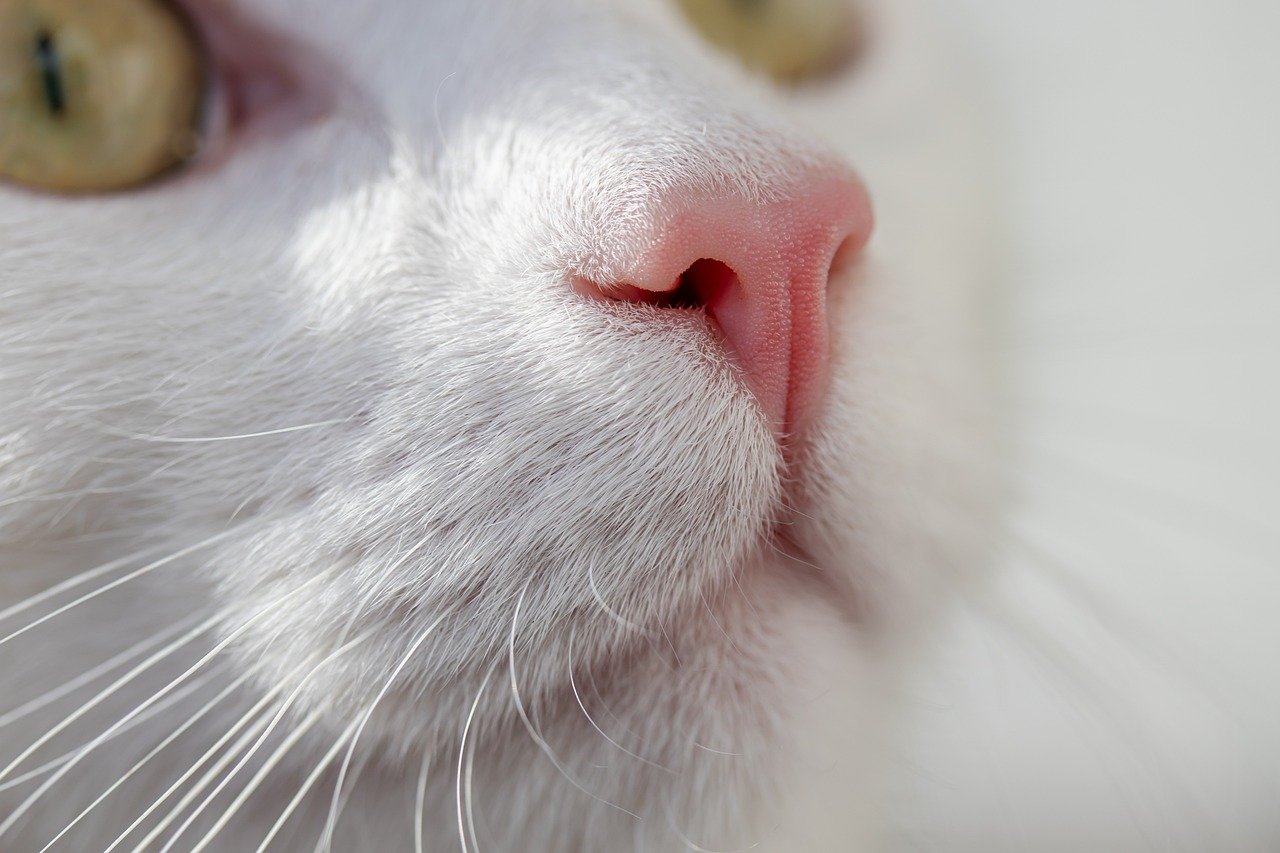
Cats may purr for various reasons including when hungry, happy, or anxious, sometimes indicating contentment but also occurring when ill, tense, or experiencing traumatic moments. This complexity makes purring one of the most fascinating aspects of feline communication.
Trills function to communicate greetings, get attention, and incite friendly interactions, with the chirrup form used by mother cats to call their kittens but also occurring between adult cats. When your cat trills at you, they’re essentially giving you a warm, friendly greeting.
Chirps and trills are how mother cats tell their kittens to follow them, so when aimed at you, it probably means your cat wants you to follow them, usually to their food bowl. Think of it as your personal feline tour guide in action.
When Silence Speaks Volumes: Understanding Quiet Behaviors

Not all cat communication involves sound. Quiet cat breeds often prefer to express affection through cuddles or gentle nudges rather than loud meows, showing affection through physical gestures like cuddling rather than vocalization. These cats have developed sophisticated non-verbal communication skills.
Some cats still purr and may even meow from time to time but are much less vocal than other breeds, preferring to cuddle or nudge you for playtime and meal times rather than meowing or chirping. This doesn’t mean they love you any less – they’re just more subtle about expressing it.
Quiet cats communicate mostly with soft meows and body language, making them perfect for quieter spaces. If you live in an apartment or prefer a more peaceful environment, these cats can be ideal companions who understand the value of comfortable silence.
Factors That Shape Your Cat’s Communication Style
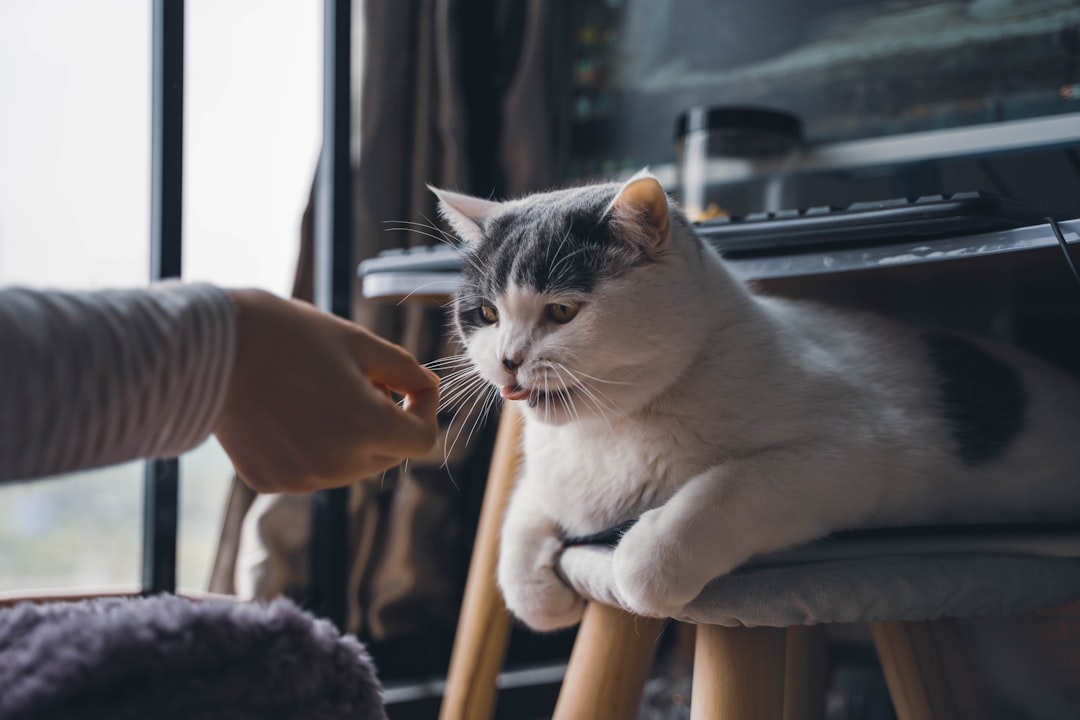
Different cat breeds have varying propensities for vocalization, with Siamese cats known for loud, frequent communications while Persian cats tend to be quieter, and cats often develop different vocal patterns based on how effectively their meowing achieves desired responses from their humans. Your responses actually help shape your cat’s communication habits.
While some cats rarely make a peep, others won’t let you get a word in edgewise, with kittens who are handled often and well-socialized potentially becoming more vocal adults, and certain breeds like Siamese and Abyssinians being naturally loquacious. Early experiences play a crucial role in determining adult vocal patterns.
Cats can become increasingly vocal as they age due to age-related dementia and deteriorating eyesight, with anxious or confused cats meowing to seek reassurance, and hearing loss causing cats to vocalize louder because they can’t determine their volume. Understanding these age-related changes helps you provide better care for senior cats.
Conclusion: Embracing Your Cat’s Communication Style

Whether your feline friend is a constant conversationalist or a master of meaningful silence, understanding their communication style deepens your relationship and helps you provide better care. By knowing what your cat is trying to say, you’ll be better able to predict their mood, intentions, and needs, understanding when they’re hungry, sick, happy, lonely, playful, or mad.
The beauty of cat communication lies in its diversity – there’s no right or wrong way for your cat to express themselves. Every cat is a unique individual, and while breeds are known for certain traits, each cat has their own personality. Embrace whether you have a chatty companion who narrates their entire day or a quiet observer who speaks through gentle touches and meaningful glances.
What do you think about your cat’s communication style? Have you noticed patterns in how they “talk” to you? Tell us in the comments – your cat might just have something to add to the conversation too.






